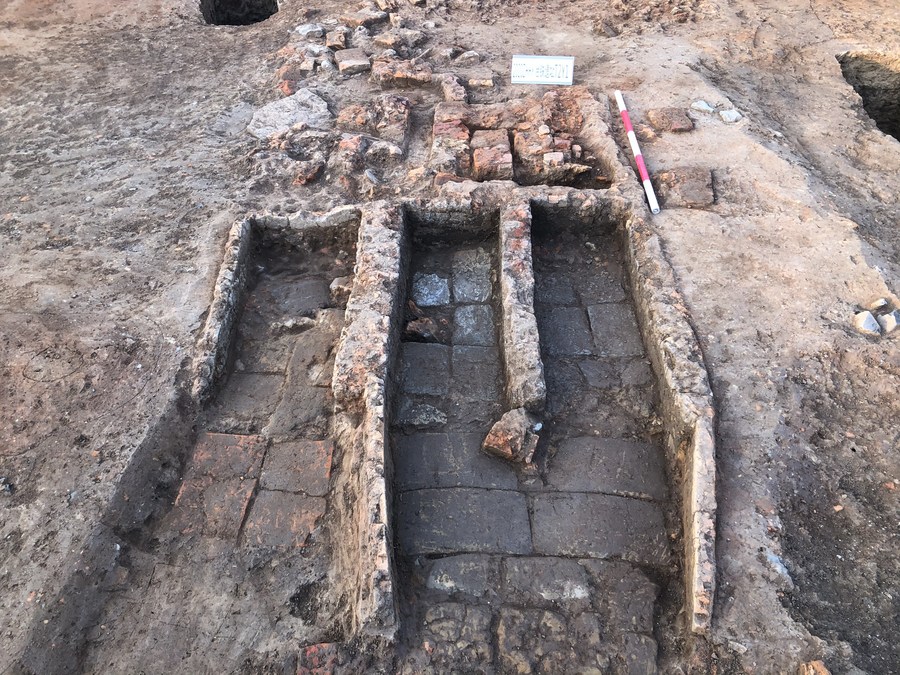Archaeologists have found a large kiln site cluster dating back to the Southern Song Dynasty (1127-1279) in the city of Suzhou, east China’s Jiangsu Province, Xinhua reports.
An area covering nearly 3,000 square meters has already been excavated. A total of 99 sites, including kilns, drying areas, sedimentation tanks, walls, houses, roads, wells and ash pits, have been found, alongside more than 200 artifacts, such as gold bricks, pottery and lamps, according to Chen Ruijin, an official of the city’s culture, radio, TV and tourism bureau.
Archaeologists said that preliminary analysis showed the large-scale kiln sites could be the «Pingjiang Guanyao,» porcelain kilns known for producing royal ceramic ware for the court, which has been recorded in ancient literature.
The findings reveal a clue as to the location of the «Pingjiang Guanyao,» and provide new materials and evidence for the exploration of civilization in the Suzhou region, and they are of great importance to the study of the development of China’s kiln industry, said Wang Guangyao, a researcher at the Palace Museum, one of China’s most prestigious museums.


